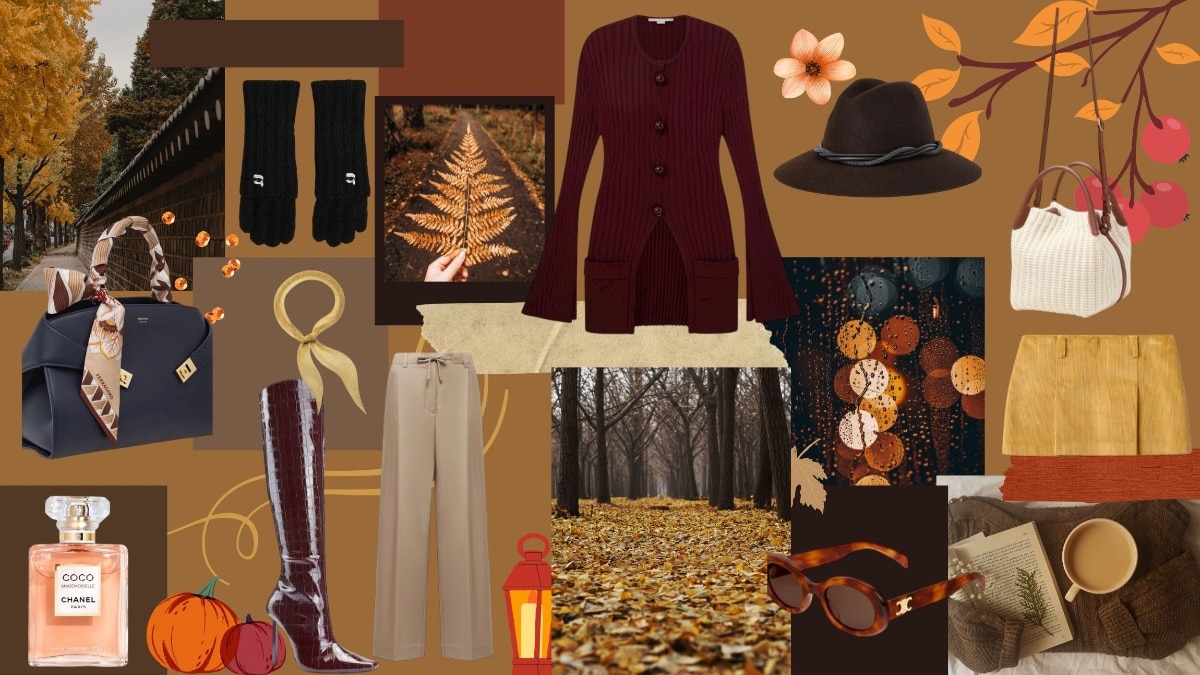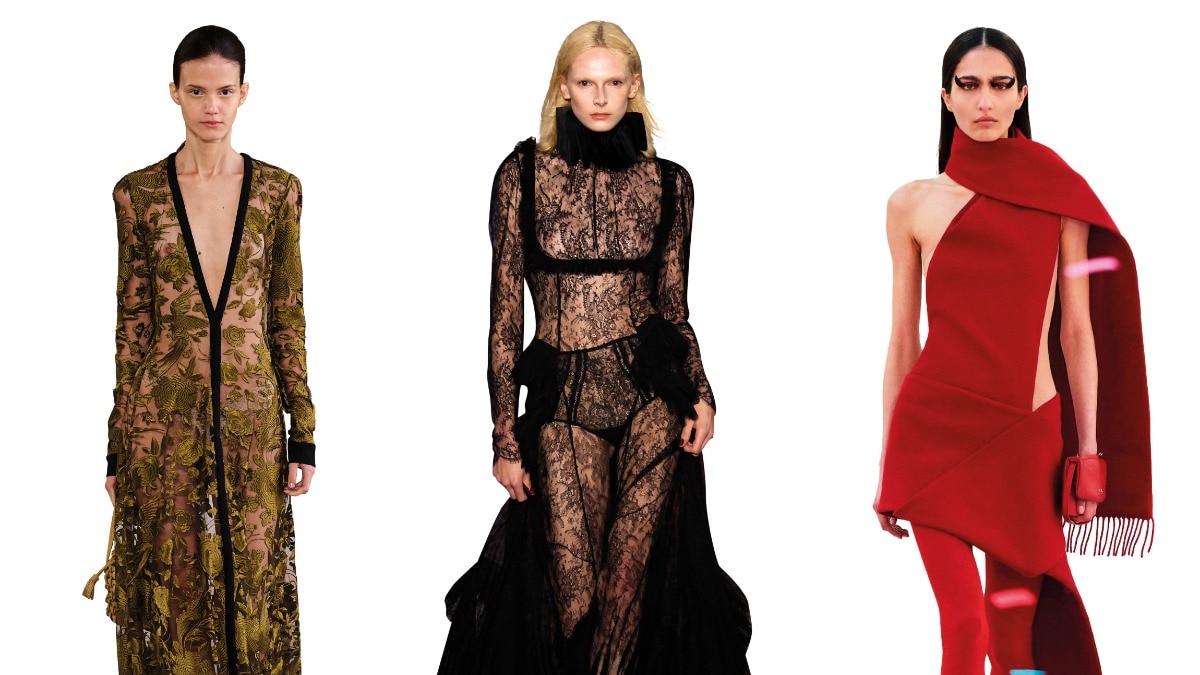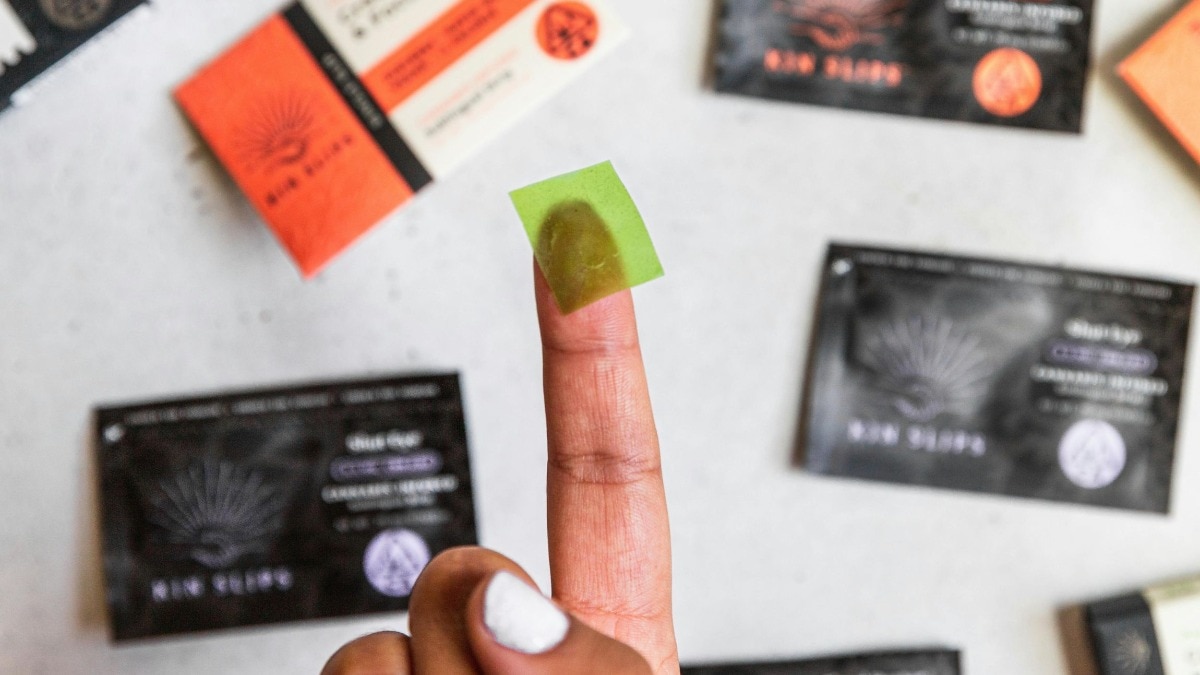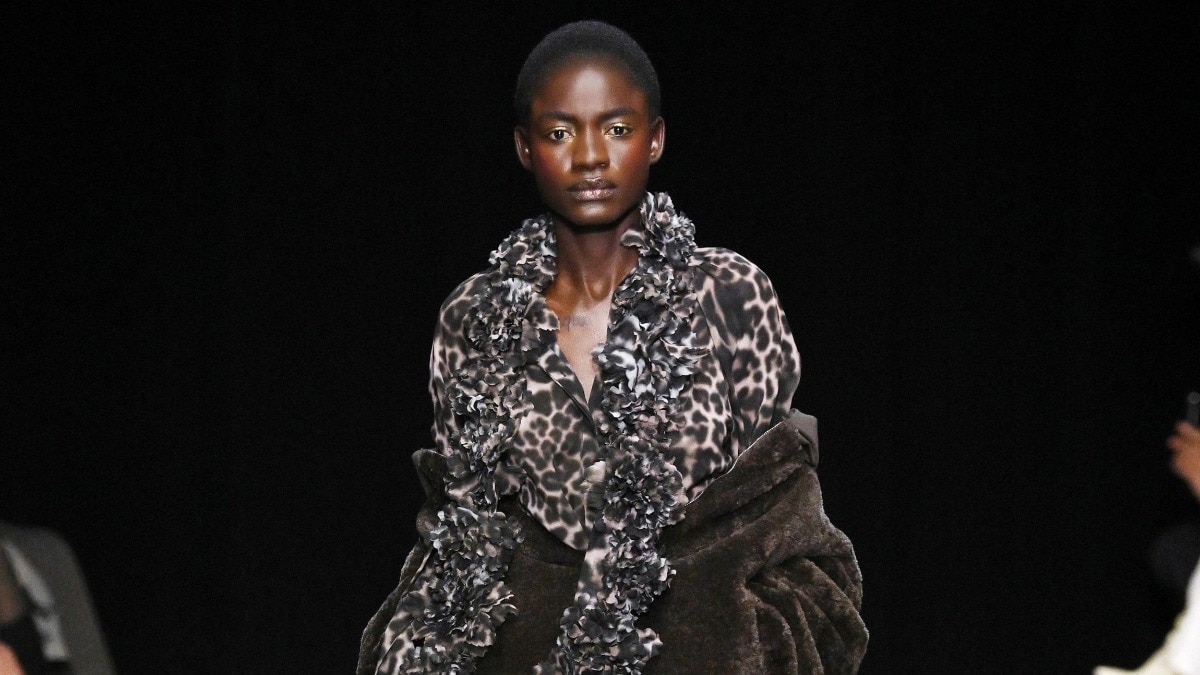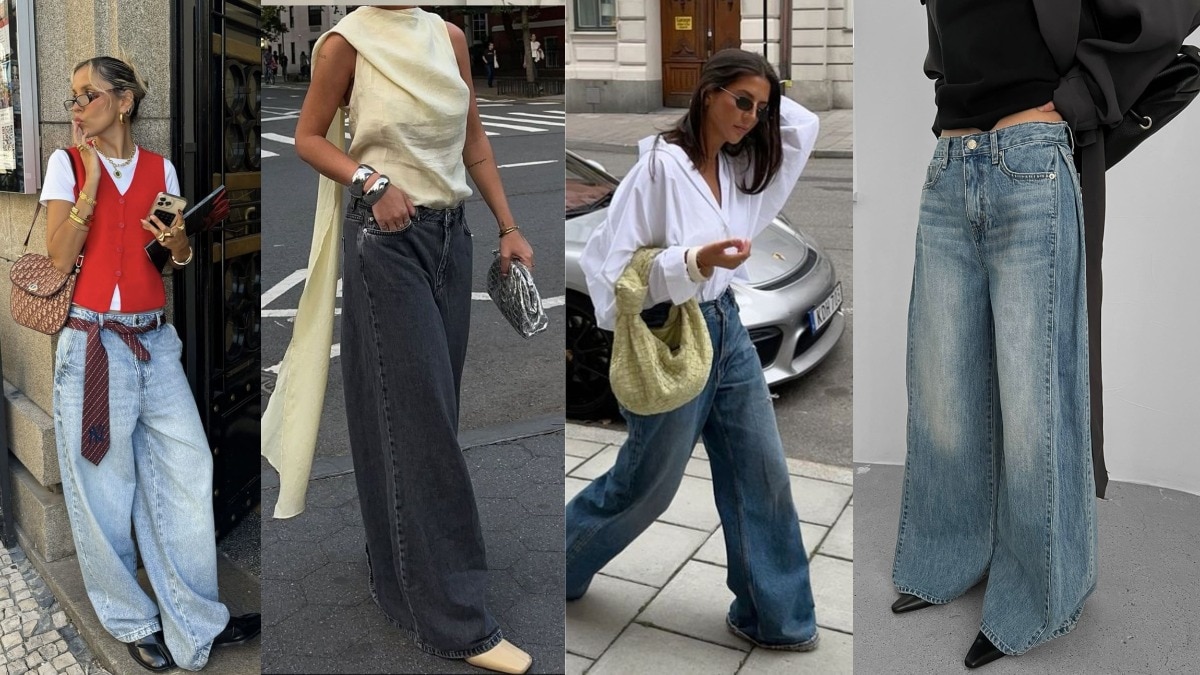Breaking down the trend of theatrics in Indian desserts
We dig in to see what they bring to the plate, and palate.

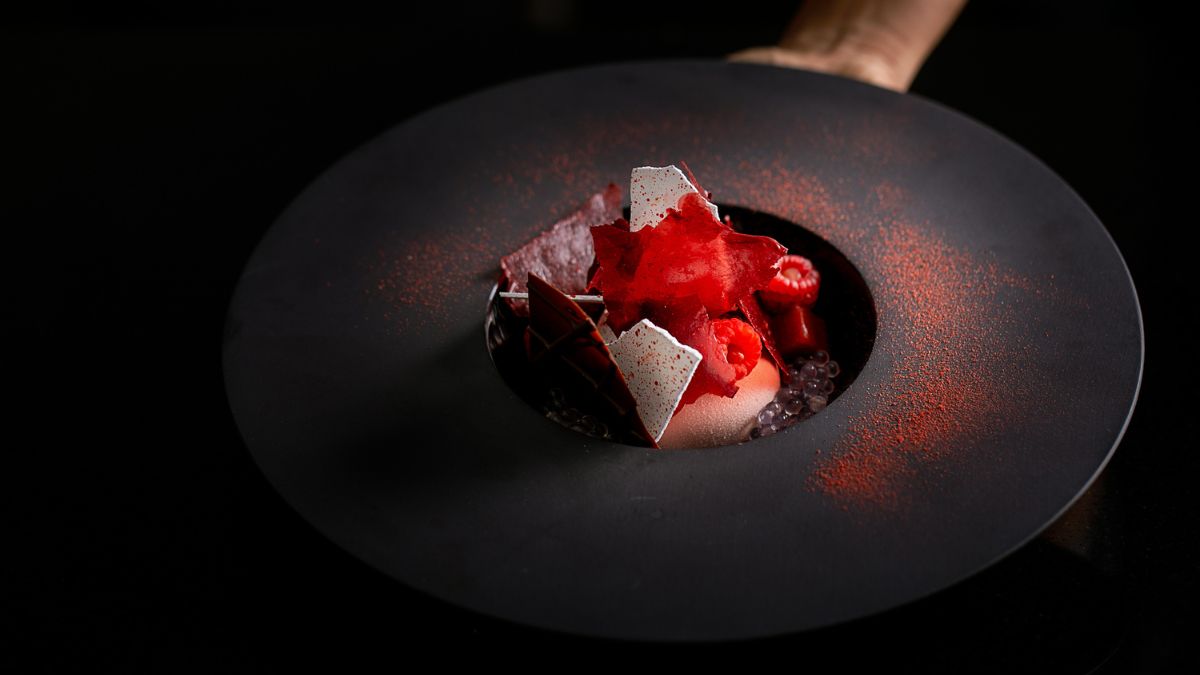
Billowing fumes of liquid nitrogen. Frothy clouds of foam. A blaze of golden-blue flames. These are things you would not expect in your dessert. Yet, in the past few years, dramatics like these have increasingly found their way onto plated desserts across India. We dig deeper to see if it’s all for show or if there’s substance behind the act.
A (sweet) treat for the eyes
When it comes to relishing our desserts, one would think that mouth would be where the party’s at. But, surprisingly, it’s the eyes that lead the way. “You eat with your eyes first–the presentation has a big effect on the enjoyment of the dish, especially in the world of Instagram," says pastry chef Heena Punwani.
Plated desserts all over the world, and in India too, are designed to be eye-catching. Think flawless quenelles, dainty lace tuiles, and big bold strokes of colour. While that still holds true, the trickling of molecular gastronomy into the last course has now made it shock-inducing also. “The trend started all the way back with El Bulli creating avant-garde desserts and Spanish chefs experimenting with presentation that resembled artwork," points out Sanjana Patel, creative director and executive chef at La Folie.
Enter desserts enveloped in dry ice, plated with gold, or served inside tiny capsules. While they may be created to get a reaction from the diner, at the end of the day, they are all clever pastry techniques in the guise of theatre.
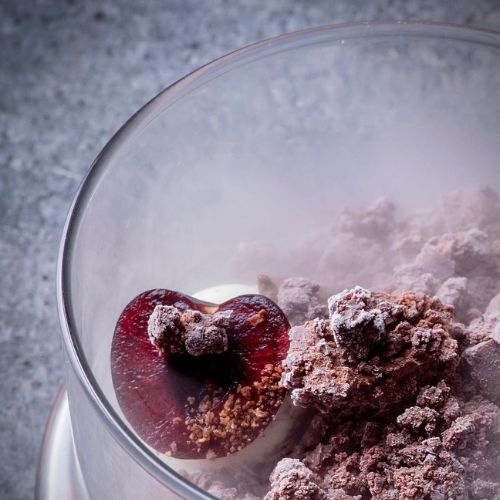
Trends vs techniques
So, is it fair to call them trends? The answer lies in the context, and concept.
Prateek Bakhtiani, creative director at Ether Chocolates, feels it's unfair for people outside of the kitchen to call techniques as mere trends. "When done with intention, all techniques have their place on the dessert plate", he says. When they are used to offer value to the dish, be it through surprising texture, impactful flavour, or creative storytelling, these techniques can help the final course stand out and be a memorable moment for the diner. “The theatrics make for a delightful and interactive experience. It’s surely a visual spectacle," says Punwani.
Today’s Indian consumers also have an appetite for pomp and show in their sweet treats. The internet and popular cooking shows have brought a cornucopia of culinary knowledge right into their hands. “Indian diners are quite well-travelled. They try new dishes and when they see the same thing back home, they’re very receptive to it," notes Anahita Dhondy, chef and author of The Parsi Kitchen.
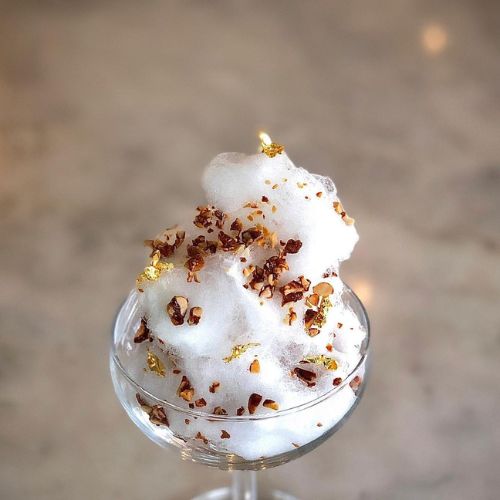
To trend or not to trend
If not used intelligently though, drama can quickly veer into the cloying category. Dhondy weighs in. “The food and the presentation should match. You can plate it beautifully, but if it doesn’t taste good, people are not going to come back for it.” Plus, there are only so many dishes you can create deconstructed versions of, or coat in gold. “I’m not very thrilled with the overuse of any concept or ingredient...every dessert cannot be set on fire,” says Vinesh Johny, co-founder and chef at Lavonne Academy India. Bakhtiani, on the other hand, notes that the trends can be be an invaluable arsenal to have in a restaurant's kitty. “These ‘gimmicky’ techniques might just be what brings people into the door…and what allows the restaurant to stay afloat", he says.
There’s a fine line between techniques that take the dish to the next level and instances where they are used just for wows. (A liquid nitrogen-filled chocolate ball smashed on the plate, anyone?) “A balance is required between how gimmicky you want to make it, because, ultimately, flavour is king," says Dhondy. Johny echoes a similar sentiment. “Be it for shock or substance, it needs to have a purpose.”
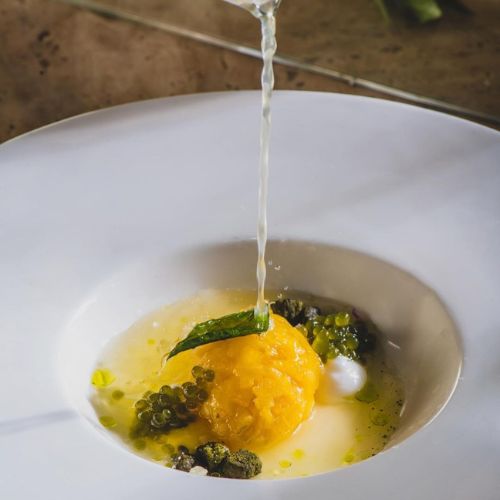
Adding a touch of crazy to desi
Trends, if driven by purpose, can inject flair into traditional Indian sweets, too, and elevate the beloved classics to next-level masterpieces. “I can totally picture how the elegance of modern pastry can be beautifully influenced by subtle flavours and complex Indian cooking techniques," says Johny. Punwani, who’s known for her modern take on Indian desserts during her stint at The Bombay Canteen, concurs. “Indian desserts are also technique-focused. You can totally make kulfi with liquid nitrogen, replicate the lightness of daulat ki chaat with foam, and smoke your chena poda for extra flavour.”
Now those are dishes we would raise our (dessert) spoons to! And for good measure, for these trends are here to stay. "Desserts are becoming more hyper-local, progressive, and ingredient-focused. Even then, these gimmicks might become subtle but are not going to go away completely," wraps up Patel.
Lead image: Courtesy La Folie

